Protected: 2025 Graduate Scholarship: Now open for applications
There is no excerpt because this is a protected post.
There is no excerpt because this is a protected post.
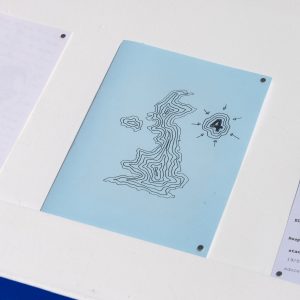
‘Condescending Order’ is a series of zines produced on a monthly basis in 2015, reflecting current political themes. Usually produced in an A5 booklet format, each zine has a variety of formats including poetry, collage and illustration. This series of Zines by Meg Woods is currently on display as a part of CATALYST: Celebrating 10 Years of the Graduate Scholarship Programme. Read more about it here!

Team Assistant Sam tells us of his time at Frieze 2024 and the variety of work he saw. Read more here.

Turner is a photographic artist exploring narratives of symbiosis between the landscape and the individual. ‘A Seat in the Shade’ is part of a larger body of work produced during the Venice Biennale 2019, where the artist undertook a stewarding fellowship co-ordinated by the British Council. Read more about it here!
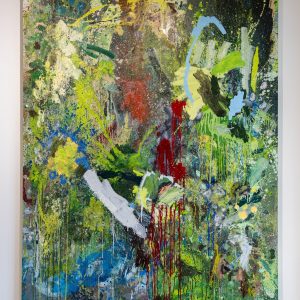
Rawlinson is an abstract painter primarily working in oils. His work explores the natural world, with a particular focus on lichen – a symbiotic natural organism. His new work 'The birds will sing, that you are part of everything' is now on show as a part of Catalyst: Celebrating 10 years of the Graduate Scholarship Programme. Read more about it here!
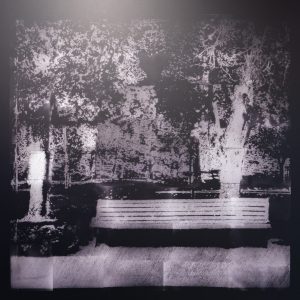
Lizzie King uses analogue and digital printmaking and photography to explore the ‘narratives of our human-centred universe’. This work was one of two pieces commissioned for Rediscovering Salford in 2020, a city-wide project inviting artists to respond to green spaces in the city. Read more about it here!
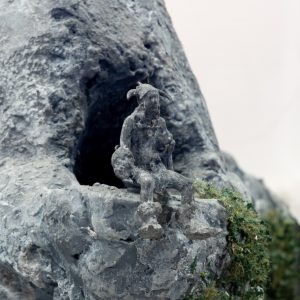
Jack Jameson’s work presents a model utopia, inspired by mythology and folklore. In this world nature prevails, and the ‘forest nymph, water siren and rock troll dwell in in harmony – free to be’. The work combines craft, costume, 3D scanning, printing and rendering, photography, and animation - now on show at CATALYST: Celebrating 10 Years of the Graduate Scholarship Programme. Read more about it here!
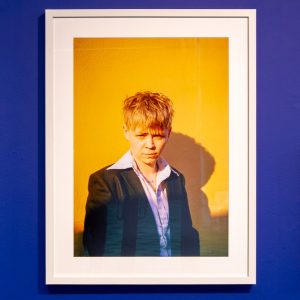
Glazzard is a photographer and creative director working across personal, commercial and editorial fields. Their series LGBT+ Letters serves to counter the ‘complete lack of queer visibility’ the artist was met with upon coming- out while at secondary school; and aims to challenge the ‘stale stereotypes’ that still hamper the LGBTQIA+ community. - now on show at CATALYST: Celebrating 10 Years of the Graduate Scholarship Programme. Read more about it here!
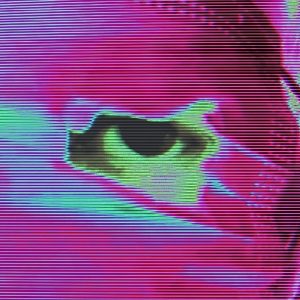
‘Call to Industry’ is a ‘tongue-in-cheek exploration of Manchester’s fetishisation of industrial spaces and history, via a parody cult initiation video for an organisation which worships industry’ - now on show at CATALYST: Celebrating 10 Years of the Graduate Scholarship Programme. Read more about it here!
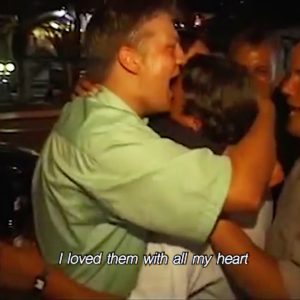
'A piece of something bigger' (2018) is a film by artist Elliott Flanagan, exploring class subcultures, and personal and social histories. It was shown as part of Art Film Season, but is back for CATALYST: Celebrating 10 Years of the Graduate Scholarship Programme. Read more about it here!